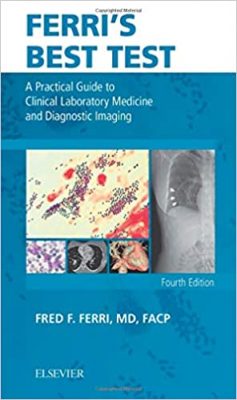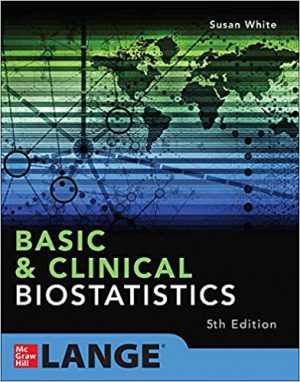Cytology: Diagnostic Principles and Clinical Correlates 5th Edition
Cytology: Diagnostic Principles and Clinical Correlates 5th Edition

This comprehensive medical book, Cytology: Diagnostic Principles and Clinical Correlates is a practical guide to the diagnostic interpretation of virtually any cytological specimen you may encounter. This highly useful bench manual covers all organ systems and situations in which cytology is used, including gynecologic, non-gynecologic, and FNA samples, with an in-depth differential diagnosis discussion for all major entities. As with previous editions, the revised 5th Edition focuses on practical issues in diagnosis and the use of cytology in clinical care, making it ideal for both trainee and practicing pathologists.
Includes coverage of patient management in discussions of pertinent clinical features and emphasizes clinical correlation throughout.
Examines the role of immunohistochemistry, flow cytometry, and molecular biology in resolving difficulties in interpretation and diagnosis.
Features more than 550 full-color illustrations that provide a real-life perspective of a full range of cytologic findings.
Discusses hot topics such as new diagnostic biomarkers and their utility in differential diagnosis, the latest Bethesda System classifications/terminology, new techniques, and new adjunct tests.
Provides an in-depth analysis of common diagnostic pitfalls to assist with daily sign-out and reporting.
Includes a video on how to perform fine needle aspiration biopsy, from the patient interview and precautions to demonstration of techniques.
Enhanced eBook version included with purchase. Your enhanced eBook allows you to access all of the text, figures, and references from the book on a variety of devices.
DOWNLOAD THIS BOOK










